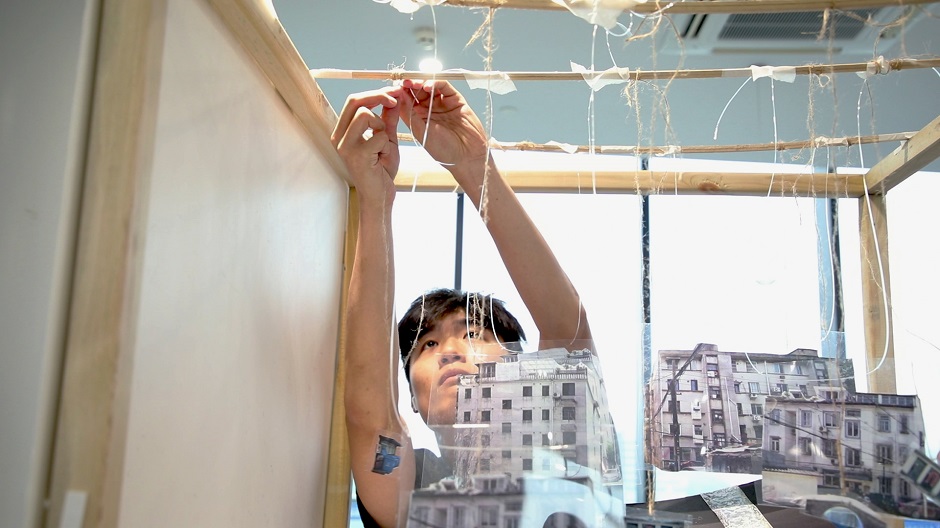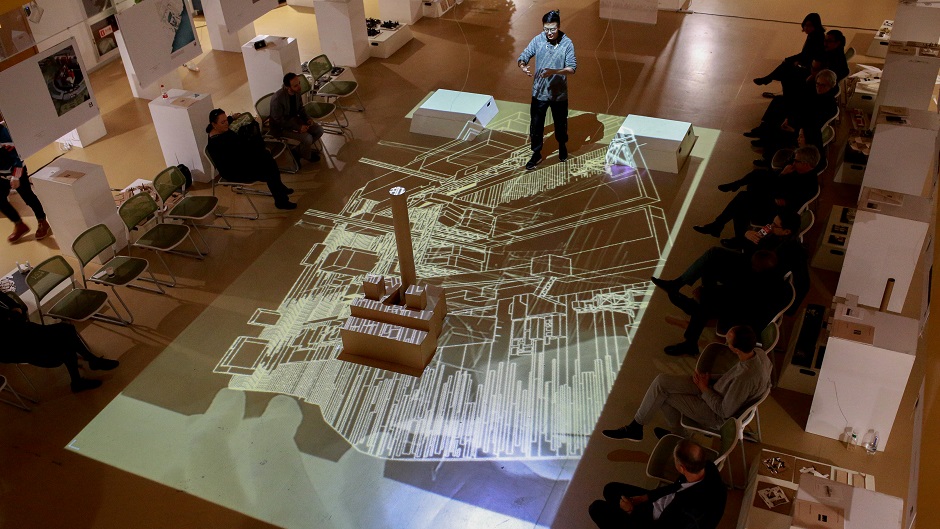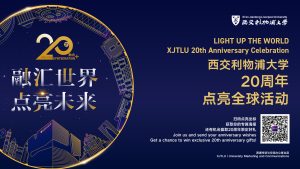14 Nov 2019
What do you think of when imagining Suzhou? For many tourists, the picture that comes to mind is of the streams and bridges, gardens and alleyways, but this image is often in stark contrast to how many local residents view their city.
How can urban planners and designers re-imagine Suzhou, proposing the regeneration of the old town and the sustainable development of whole metropolitan area?
This is the question that students and academics from Xi’an Jiaotong-Liverpool University addressed presenting the award-winning exhibition ‘Reinventing Suzhou’ at Suzhou Design Week this year. The exhibition won the Heritage Innovation Award, thanks to its potential contribution to Suzhou’s ongoing development.

Produced by the Department of Urban Planning and Design (UPD) together with the Architecture Design Research Centre at XJTLU, the exhibition presented three ongoing research projects that involved more than 200 students through studios and workshops the past year.
Florence Vannoorbeeck, one of the exhibition curators, said the exhibition was designed to rediscover the complex identities of Suzhou and put them at the core of regeneration projects to ensure the sustainable development of the city.
On winning the award, she highlighted the role of research-led teaching and learning, and the great work of the students for the exhibition’s success.
“I am impressed by the students’ passion and how much they have learned along the way,” she said.

The first part of the exhibition presented a research-by-design developed by UPD in collaboration with Università IUAV di Venezia (Italy) and École Polytechnique Fédérale de Lausanne EPFL (Switzerland). Titled ‘Suzhou Garden: Design of a Water City’ this project reimagines the relationship of the city with its water system and from this presents a set of guidelines to improve the living environment of Suzhou.
This complex project was drafted for the new Master Plan of Suzhou together with the Agency for Design and Research of the Ministry of Construction in Beijing. It is part of a larger task to rethink the development and regeneration strategies of Chinese cities.
Dr Paola Pellegrini from UPD was invited to present this project at the Seminar of the Design Week 'Water landscape and blue infrastructure as urban regeneration tool’. Explaining the potentiality of the ‘Suzhou Garden’ project, Dr Pellegrini highlighted water as an important resource to consider for a sustainable development and introduced the on-going research, which compares the water city of Suzhou, Venice of the East, and Venice in Italy.

The second part of the exhibition, titled ‘Suzhou across scales’ featured work in progress by students from Architecture and UPD Departments. Visitors could enjoy different models and documentaries that aimed to capture the spatial qualities of Suzhou and experiment with contemporary modes of living.
Xiaohan Yu, a postgraduate student in UPD who worked on this part of the exhibition, said she enjoyed working on a project with potential real-world impact.
“When you face a real problem and have to come together as a team to solve it, you are automatically motivated to explore more and work harder,” she said.
“At the end, when the result of our research was presented so vividly through the joint effort of students from different departments, there is a strong sense of fulfillment.”
The last part of the exhibition, titled ‘1 City, 7 Identities’, presented the results of an interdisciplinary workshop combining in-box miniature models and films it proposed a sensory interpretation of the many facets of the historic city centre.

A resident of the old town, who visited the exhibition, said she was moved by the miniature models and the digital scroll paintings.
“Today Suzhou is not as exquisite as it was – people live in tall buildings and the customs of the old Suzhou are disappearing,” she said.
“It is our wish the traditional culture of Suzhou is protected and the charm of old Suzhou can be displayed for all to enjoy.”

During the Suzhou Design Week, Dr Christian Nolf from UPD was invited to join a roundtable discussion, where he shared the stage with founder of Pei Partnership Architects, Chien Chung Pei, son of I. M. Pei.
During the roundtable, Dr Nolf explained that the ‘1 City, 7 Identities ambition is to identify features that are deeply embedded in the city’s history and culture, and to use these to frame the revitalisation of the old town in a truly Suzhou manner.
“The research has put forward seven identities, such as “water”, “gardens”, or “streets”” he said.
“For each we are developing some feasible regeneration strategies to make the old town more liveable and attractive.”
The ‘Reinventing Suzhou’ exhibition was the result of three complementary projects from XJTLU. Together, they offer different perspectives to address the challenges of urban development and regeneration of Suzhou.
The curatorial team is Dr Katia Attuyer, Dr Pellegrini, David Vardy, Dr Nolf and Vannoorbeeck. The design and installation was led by Vardy, the director of Architecture Design Research Centre at XJTLU, together with Luhang Shi and Shaun Ansari (projections).
By Bo Kou and Bingyu Chen; Photos by Ge Lin, John Latto and Paola Pellegrini
Translated by Boqiang Xiao, edited by the Department of Urban Planning and Design
14 Nov 2019
RELATED NEWS

Suzhou’s identities frame workshop on revitalising city's centre
While Suzhou’s central old town area has been the site of nationally important commercial, economic and cultural activities during its 2,500-year history, in...
Learn more

Student presentation method combines art, technology and architecture
Some people get great ideas in the shower, others while on a walk or talking with friends. For Dr Juan Carlos Dall’Asta of Xi’an Jiaotong-Liverpool Universit...
Learn more







